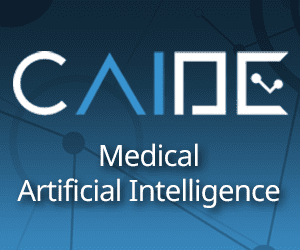Hybrid cloud and on-premises integration refers to the practice of seamlessly integrating resources and workloads across both public or private cloud environments and on-premises infrastructure. This integration allows organizations to leverage the benefits of both environments while maintaining flexibility, control, and security. Here are some key considerations and approaches for creating a seamless hybrid IT environment:
-
Infrastructure Integration: The first step in creating a seamless hybrid IT environment is to establish connectivity and integration between the on-premises infrastructure and the cloud environment. This can be achieved through secure network connections, such as Virtual Private Networks (VPNs), direct connections, or dedicated leased lines. This connectivity ensures smooth data flow and communication between the two environments.
-
Data Integration and Synchronization: To maintain consistency and avoid data silos, it’s crucial to establish mechanisms for data integration and synchronization between on-premises systems and the cloud. This may involve data replication, data pipelines, or data synchronization tools that ensure data is kept up to date across both environments. Data integration solutions like Apache Kafka or cloud-based data integration platforms can facilitate this process.
-
Application Integration: Integrating applications across hybrid environments involves ensuring interoperability and seamless communication between on-premises systems and cloud-based applications. This may involve adopting hybrid integration platforms, service-oriented architectures (SOA), or utilizing application programming interfaces (APIs) to enable application-level integration. Modern integration technologies such as containers and microservices can facilitate seamless application deployment and management across hybrid environments.
-
Identity and Access Management (IAM): Establishing a unified identity and access management framework is crucial for maintaining security and control in a hybrid IT environment. Implementing a single sign-on (SSO) solution or integrating identity providers enables consistent user authentication and access control across both on-premises and cloud environments. This helps streamline user management and ensures secure access to resources.
-
Hybrid Cloud Management Tools: Utilizing hybrid cloud management tools and platforms can simplify the management and orchestration of resources across the hybrid environment. These tools provide centralized control, monitoring, and automation capabilities for managing workloads, provisioning resources, and optimizing performance across both on-premises and cloud infrastructures.
-
Disaster Recovery and Business Continuity: Hybrid cloud and on-premises integration can enhance disaster recovery and business continuity capabilities. Organizations can leverage cloud-based disaster recovery solutions to replicate critical data and applications from on-premises infrastructure to the cloud, enabling faster recovery in the event of a disaster. This approach provides resilience and redundancy while minimizing downtime and data loss.
-
Cost Optimization and Resource Allocation: Hybrid cloud environments offer flexibility in resource allocation and cost optimization. By leveraging cloud bursting or cloud-bursting capabilities, organizations can seamlessly scale their on-premises infrastructure to the cloud during peak demand periods, avoiding over-provisioning and optimizing costs. Cloud management and cost optimization tools can help monitor and manage resource usage across hybrid environments, ensuring efficient utilization and cost-effective operations.
-
Security and Compliance: Security is a critical consideration in a hybrid IT environment. It’s essential to implement security measures that cover both on-premises and cloud infrastructure, including encryption, access controls, network segmentation, and threat monitoring. Compliance requirements should also be addressed, ensuring that data and applications adhere to relevant regulations across both environments.
Creating a seamless hybrid IT environment requires careful planning, consideration of specific business needs, and the selection of appropriate integration technologies and tools. It’s important to evaluate the trade-offs between on-premises and cloud environments, considering factors such as performance, security, scalability, cost, and compliance requirements. By effectively integrating on-premises and cloud infrastructure, organizations can leverage the benefits of both worlds, enabling agility, scalability, and flexibility in their IT operations.








